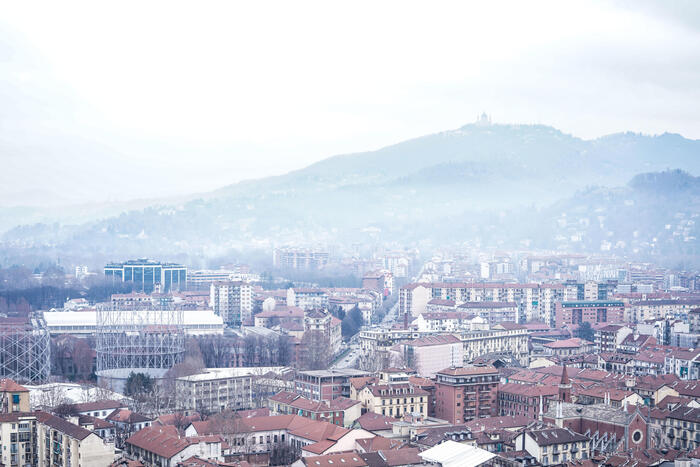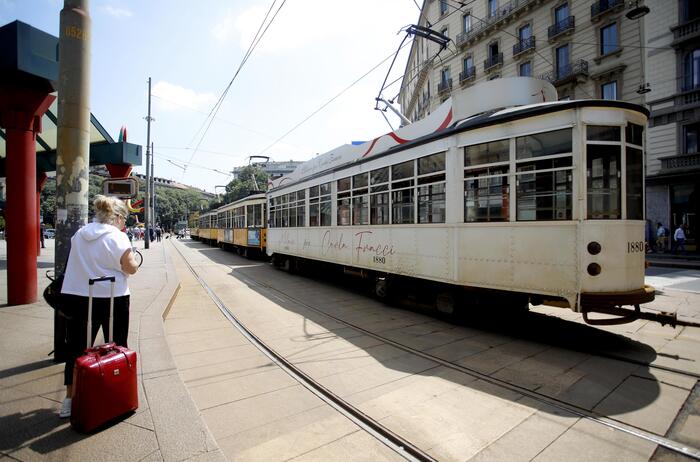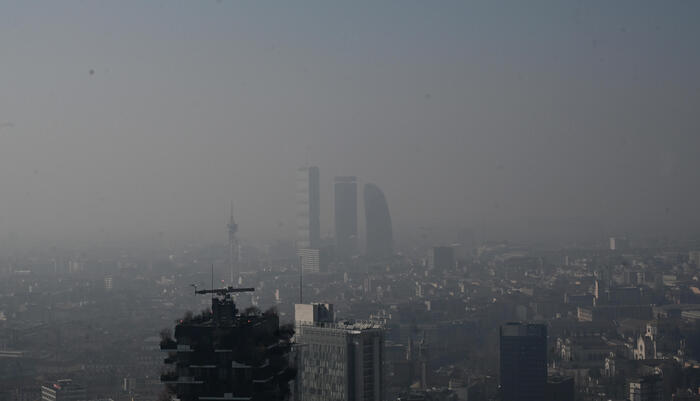(ANSA) - ROME, JAN 30 - In Italy 72 cities would have been outlawed in 2022 for human health in relation to the quantity of PM10 fine particles having exceeded the limit recommended by the World Health Organization as an annual average of 20 micrograms per cubic meter of air.
Legambiente affirms it in the report "Malaria di città 2023: change of pace wanted" on air pollution in 95 towns.
For PM10, a particulate produced mainly by heating, there would be only 23 out of 95 (24% of the total) cities that have not exceeded the threshold of 20 µg/mc.
According to Legambiente, some cities must work harder to reduce their concentrations of pollutants and adapt to the new limits established by the European Union, which will officially enter into force on 1 January 2030 (20 µg/mc not to be exceeded for Pm10, 10 µg/mc for Pm2.5, 20 µg/mc for NO2).
Limits which, however, are less strict than those of the WHO.
The cities that need to make the most effort are Turin and Milan (necessary reduction of 43%), Cremona (42%), Andria (41%) and Alessandria (40%) for the PM10;
Monza (60%), Milan, Cremona, Padua and Vicenza (57%), Bergamo, Piacenza, Alessandria and Turin (55%), Como (52%), Brescia, Asti and Mantua (50%) for Pm2.5 ; the cities of Milan (47%), Turin (46%), Palermo (44%), Como (43%), Catania (41%), Rome (39%), Monza, Genoa, Trento and Bolzano (34%) , for NO2.
According to the association, "the trend of decreasing pollution is too slow, exposing cities to new health risks and penalties".
The cities furthest away from the target set for PM10 "should reduce their concentrations by between 30% and 43% within the next seven years, but according to the current reduction trends recorded over the last 10 years (2011-2021 period, EcosistemaUrbano data), they could take another 17 years on average to reach the goal, i.e. 2040 instead of 2030. Cities like Modena, Treviso, Vercelli - Legambiente explains - could take over 30 years. The situation is similar for NO2 too and a city like Catania could take longer 40 years old".
(HANDLE).









